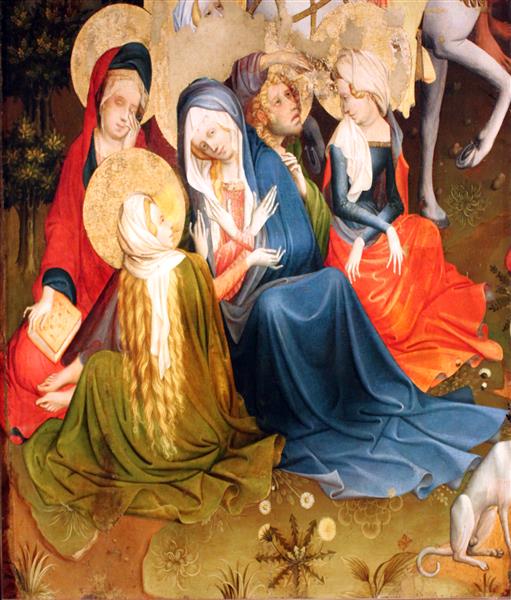
While Catholics may seem late to the topic of ecology, Pope Francis was not being a maverick with his widely heralded (and in some quarters, loudly denounced) encyclical, Laudato Si’. In 1988, Philippine bishops had already produced a pastoral letter titled: “What Is Happening to Our Beautiful Land?” Pope John Paul II spoke on the World Day of Peace concerning “The Ecological Crisis: A Common Responsibility” in 1990. U.S. bishops followed with a statement of their own in 1992: “Renewing the Earth.”
Of course, Saint Francis of Assisi was all about preserving the harmony between us and the natural world in the 13th century. Even the birdbath saint was beaten to the game by Hildegard of Bingen a century earlier. Fourth-century Augustine was earlier still, with his lengthy commentaries on Genesis and Creation. Benedict of Nursia followed suit in his attentiveness to creation in the 6th century, though he’s remembered mostly for his monastic rule. As fellow creatures, we have a lot invested in our stewardship of this planet. Our role as Gardener-in-Chief is well established in the Judeo-Christian tradition.
To appreciate the scope of church teaching on the environment, it’s necessary to consider documents that aren’t explicitly about ecology. For example, in 1991 Pope John Paul II wrote Centesimus Annus to mark the century since the issue of Pope Leo XIII’s bold social teaching, Rerum Novarum. In it, the Pope criticized scientific advances that come at the expense of the environment, as well as the toll of warfare, and the disparity of adverse environmental impacts on poorer communities.
What makes it seem like Catholics have ignored the green movement is the otherworldly emphasis of our public profile—and in some cases, a genuinely imbalanced focus on the life of the world to come among some Catholics. Such imbalance is corrected with a renewed appreciation of a few long-standing teachings. The common good, for instance, maintains the good things of the earth belong to all of us. This includes the right to live in a safe environment, whether poor or rich. At the same time, the poor are not to be cut out of progress and development; therefore, ways to sustainable development must be found that serve all. The value of solidarity further insists we must act with other nations to achieve what’s beneficial to global health. Finally, the beauty of creation is a long-appreciated path to knowledge of God. To lose it is to lose a source of profound communion.
Scripture:
Genesis 1:1—2:15; Psalms 8, 19, 104, 148; John 1:1-5; Romans 8:18-23; Colossians 1:15-20
Books:
Option for the Poor and for the Earth: From Leo XIII to Pope Francis – Donal Dorr (Maryknoll, NY: Orbis Books, 2016)
Living Cosmology: Christian Responses to Journey of the Universe – eds. Mary Evelyn Tucker and John Grim (Maryknoll, NY: Orbis Books, 2016). This includes a book, documentary film, and conversation series.
Reprinted with permission from PrepareTheWord.com. ©TrueQuest Communications.




















